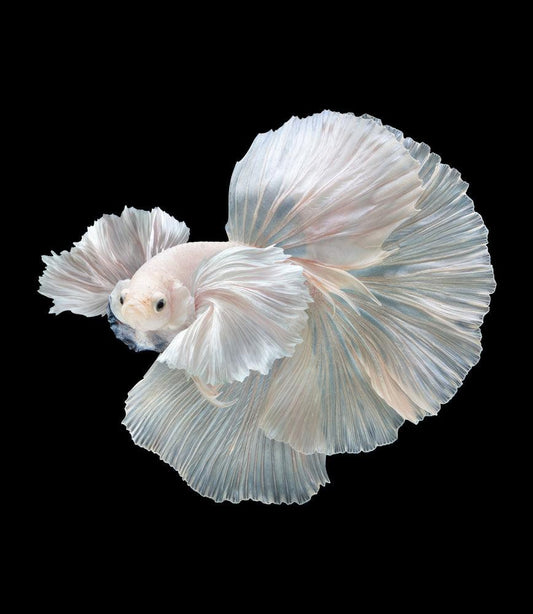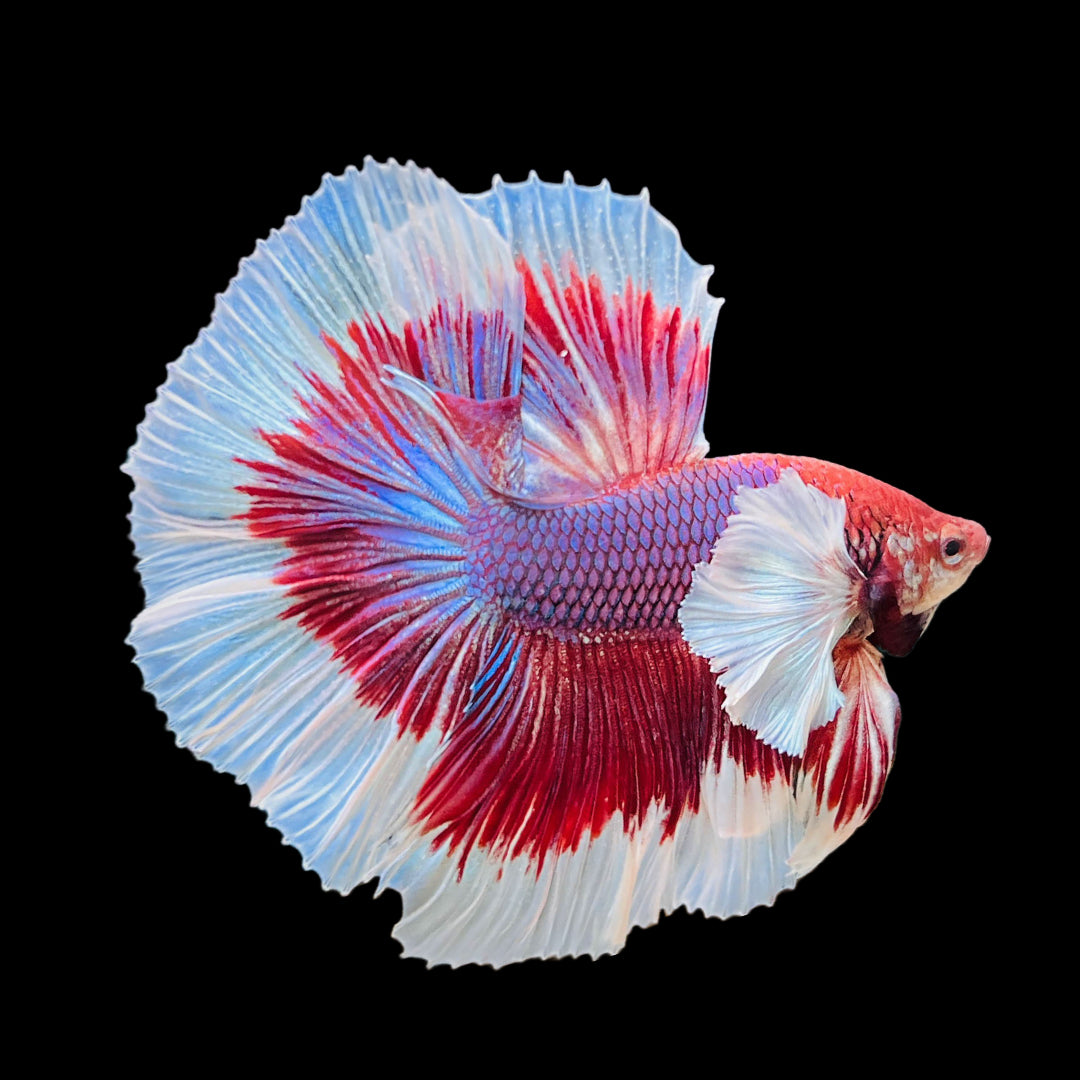Recognizing Betta Fish Behavior: What Every Proprietor Needs To Know
Recognizing Betta Fish Behavior: What Every Proprietor Needs To Know
Blog Article
How to Reproduce Betta Fish Effectively: Expert Strategies and Insights for Hobbyists Seeking To Expand Their Betta Collection
Breeding Betta fish calls for a nuanced understanding of genetics and ecological conditions, making it essential for enthusiasts to approach the procedure with both diligence and treatment. Creating an optimum breeding setting, choosing the appropriate pairs, and observing the intricacies of their courtship habits are fundamental steps that can significantly affect the end result. Additionally, the succeeding care of the fry is essential for ensuring their healthy and balanced development. As we discover these key elements, it comes to be clear that successful reproduction is not simply regarding the initial pairing yet encompasses a wider approach that benefits cautious factor to consider.
Understanding Betta Fish Genetics
Understanding the genetics of Betta fish is crucial for successful reproduction, as it affects qualities such as color, fin shape, and behavior. Betta fish show a varied variety of colors and patterns, largely determined by their hereditary make-up.
In addition to coloration, fin morphology is another significant facet of Betta genetics (betta fish). The sizes and shape of fins are affected by different genes, consisting of those that figure out whether the fins are short, long, or veil-shaped. Recognizing these hereditary variants assists breeders forecast the phenotypic results of their offspring
In addition, behavior characteristics such as aggression and territoriality can likewise be affected by genetics. These actions play an important role in the breeding procedure, as they can influence spawning success and the overall personality of the resulting fry. By thoroughly understanding these hereditary concepts, dog breeders can make enlightened choices, ultimately enhancing their reproduction programs and achieving desirable outcomes.
Preparing the Reproduction Environment
Producing an optimum breeding environment is crucial for the effective reproduction of Betta fish. The first step in preparing this setting is to select a suitable reproduction container, ideally ranging from 5 to 10 gallons.
Next, take into consideration the use of a sponge filter or an air stone to offer mild water blood circulation without creating strong currents that can worry the fish. It is crucial to install plants or breeding cones to provide hiding areas and advertise convenience for the lady throughout the spawning procedure. Drifting plants, such as Java moss or water sprite, can also create a more natural setting while assisting in bubble nest structure by the male.
Prior to presenting the reproducing sets, make sure the water is conditioned and totally free from hazardous chemicals, such as chlorine or heavy steels. betta fish. Routine water modifications ought to be conducted to keep optimum water quality, boosting the chances of effective breeding. With these preparations in position, the breeding environment will sustain the health and health of both Betta fish
Choosing Breeding Pairs
Choosing the best breeding sets is crucial for attaining effective Betta fish recreation. Healthy and balanced Betta fish exhibit dynamic colors, clear eyes, and energetic behavior.
Personality is another essential consideration, as Betta fish are understood for their hostile nature. It is a good idea to choose a male and female that show suitable characters to minimize anxiety during the reproducing process. A tranquil male can urge a smoother courtship, while a female that is as well hostile may interfere with the process.
Genetic background also plays a substantial role in the top quality of the spawn. Reproducing fish that are genetically varied can reduce the threat of hereditary health and wellness concerns and improve the overall vigor of the fry. It is helpful to investigate the lineage of both the man and female, concentrating on preferable characteristics such as fin type, shade patterns, and look at here size.
The Breeding Refine
The reproduction process of Betta fish calls for mindful planning and focus to detail to make certain a successful end result. Originally, it is essential to prepare an appropriate breeding tank, preferably you could check here a 5-10 gallon aquarium with a temperature kept at 78-80 ° F. The tank needs to be geared up with a heating system, filter (ideally sponge kind to avoid solid currents), and a lot of marine plants for the woman to conceal.
When the environment is set, present the picked reproducing set to the storage tank, allowing them to accommodate. Observe their actions; the man will show intricate courtship routines, including flaring his fins and constructing a bubble nest. If the lady shows passion, she will certainly display upright stripes indicating readiness for spawning.
When the woman is responsive, the pair will certainly engage in a breeding welcome, throughout which the male fertilizes the eggs. Maintaining optimal water conditions throughout this duration is necessary for the advancement of healthy Betta fry.
Caring for Betta Fry

Feeding Betta fry is important, as they call for a diet plan high in healthy protein. Originally, they can be fed infusoria or liquid fry food, transitioning to finely smashed high-grade pellets as they expand. Feed tiny sections numerous times a day to encourage healthy and balanced growth without overwhelming the storage tank with leftover food.

As they mature, monitor their development carefully and separate any type of aggressive people to stop harm. By supplying a nurturing environment and appropriate nutrition, enthusiasts can effectively elevate Betta fry right into vibrant, healthy and balanced fish, eventually have a peek at these guys boosting their reproduction undertakings.
Verdict
Successful Betta fish reproduction calls for careful focus to genetic selection, ecological conditions, and look after the fry. By comprehending the genetics of Betta fish and preparing an appropriate breeding environment, enthusiasts can boost the possibilities of creating vivid, healthy and balanced children. Choosing compatible breeding sets and very closely checking the courtship and spawning processes are crucial. Ultimately, offering ideal take care of the fry ensures their healthy and balanced development, adding to a flourishing Betta collection.
Report this page